The Centrists, also known as the centrist faction, were one of the two major political factions in the Galactic Senate of the New Republic. Whereas the Populists favored planetary sovereignty over the authority of the central government, the Centrists advocated for a more powerful executive and military and valued the rule of law and order; and supported the return of certain aspects of the Galactic Empire, such as the centralization of political power and galactic unity, while disavowing the reign of Galactic Emperor Sheev Palpatine and the Empire itself.
The Centrists were formed from an remnant of the Galactic Empire composed of conservative worlds that remained intact in the inner systems in the immediate aftermath of the Galactic Civil War following the establishment of the New Republic. Paralyzed by internal strife, it quickly disintegrated, leading several of these former Imperial worlds to be admitted into the New Republic, where they reformed themselves as the Centrists, becoming an unofficial faction in the Galactic Senate. As a result, Imperial ideology formed the basis of the faction politics which were diametrically opposed to Populist principles.
By 29 ABY, elements of the Centrists had ties with the mysterious First Order, a fascist military junta in the Unknown Regions of the galaxy and even aided them as they tried to manipulate the Galactic Senate. The political gridlock that ensued culminated in some Centrist worlds breaking away from the New Republic and joining with the First Order.
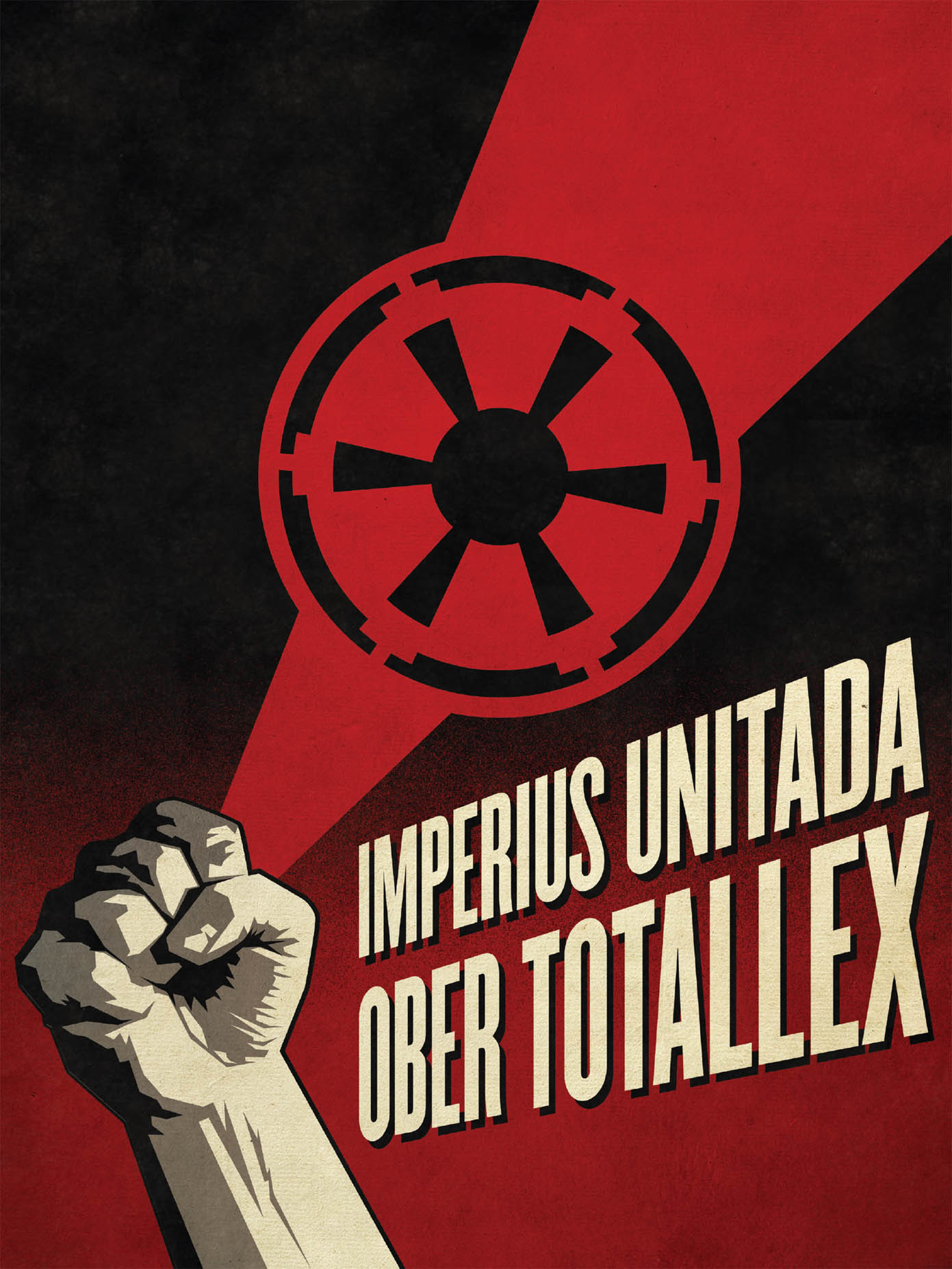
The Centrist ideology was rooted in the political doctrine of the Galactic Empire, while rejecting it horrors.
Centrist philosophy was largely influenced by the Galactic Empire's New Order ideology. As such, Centrists believed that a strong government and military were essential to maintaining peace and stability throughout the galaxy. Centrists advocated in favor of strengthening the New Republic Defense Force and adopting aspects of the Empire that they believed worked in spite of its downfall. A more extreme wing of the Centrist faction lobbied for the militarization of the New Republic to counteract future security threats. Senator Erudo Ro-Kiintor supported an extensive armaments bill to address individual planetary defenses, claiming that local security had been neglected by the New Republic Senate. However, Senator Ransolm Casterfo suspected his fellow Centrist, Ro-Kiintor of seeking to earmark government funds toward Centrist worlds.
Overall, the Centrists expressed more authoritarian values, due to their strong beliefs in centralization of executive authority. The Centrists publicly professed that they supported stronger law enforcement, structural hierarchy, and greater centrality of executive authority. Although not a large wing, some of the members privately expressed pro-Imperial sentiments and nostalgia for the "Old Empire," although not all of them necessarily supported its revival. Many of those people simply admired its more authoritarian structure but not the Empire itself and remained faithful to the ideals of the New Republic and democracy.
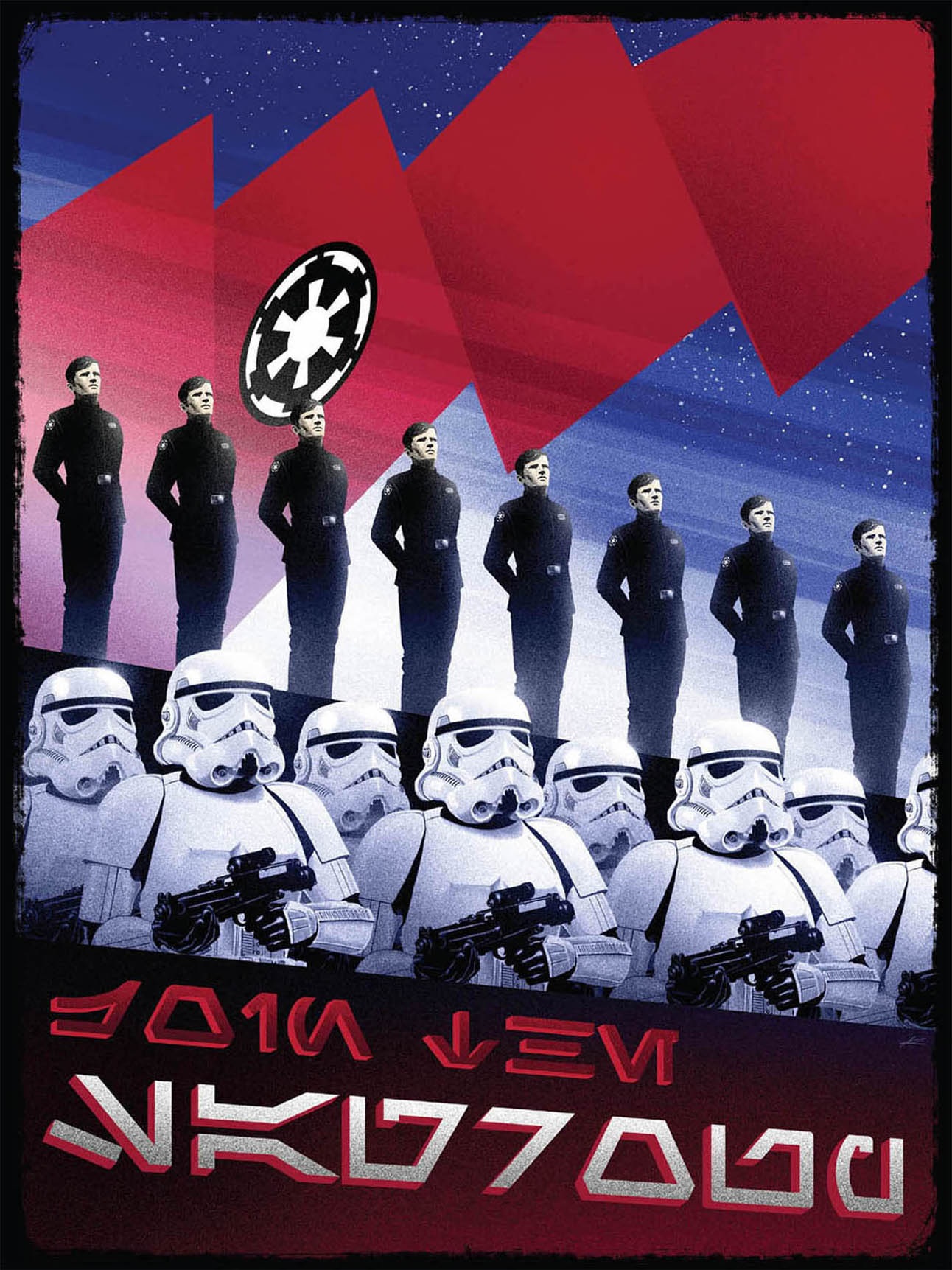
Centrists expressed adulation for the legacy of the Old Empire.
Some Centrist senators like Ormes Apolin and Fatil admired old Imperial uniforms and armor. Some Centrists believed that planets should be responsible for their own problems and natural disasters and disliked the perceived rampant complaining in the New Republic. Others regarded the New Republic's academies as inferior to those on Centrist worlds, which had begun to rebuild the old Imperial programs. Some questioned the official New Republic historical accounts of the Battle of Yavin and the Galactic Civil War. At least thirty Centrist senators were known to be avid collectors of old Imperial artifacts and equipment.
While the Centrists supported free trade, they were not as economically liberal as the Populists. Centrists were more open to central planning, protectionism, interplanetary taxation, and increasing spending to create more centralized programs. Additionally, trade was far more regulated on the remote Centrist world of Daxam IV in the Outer Rim Territories.
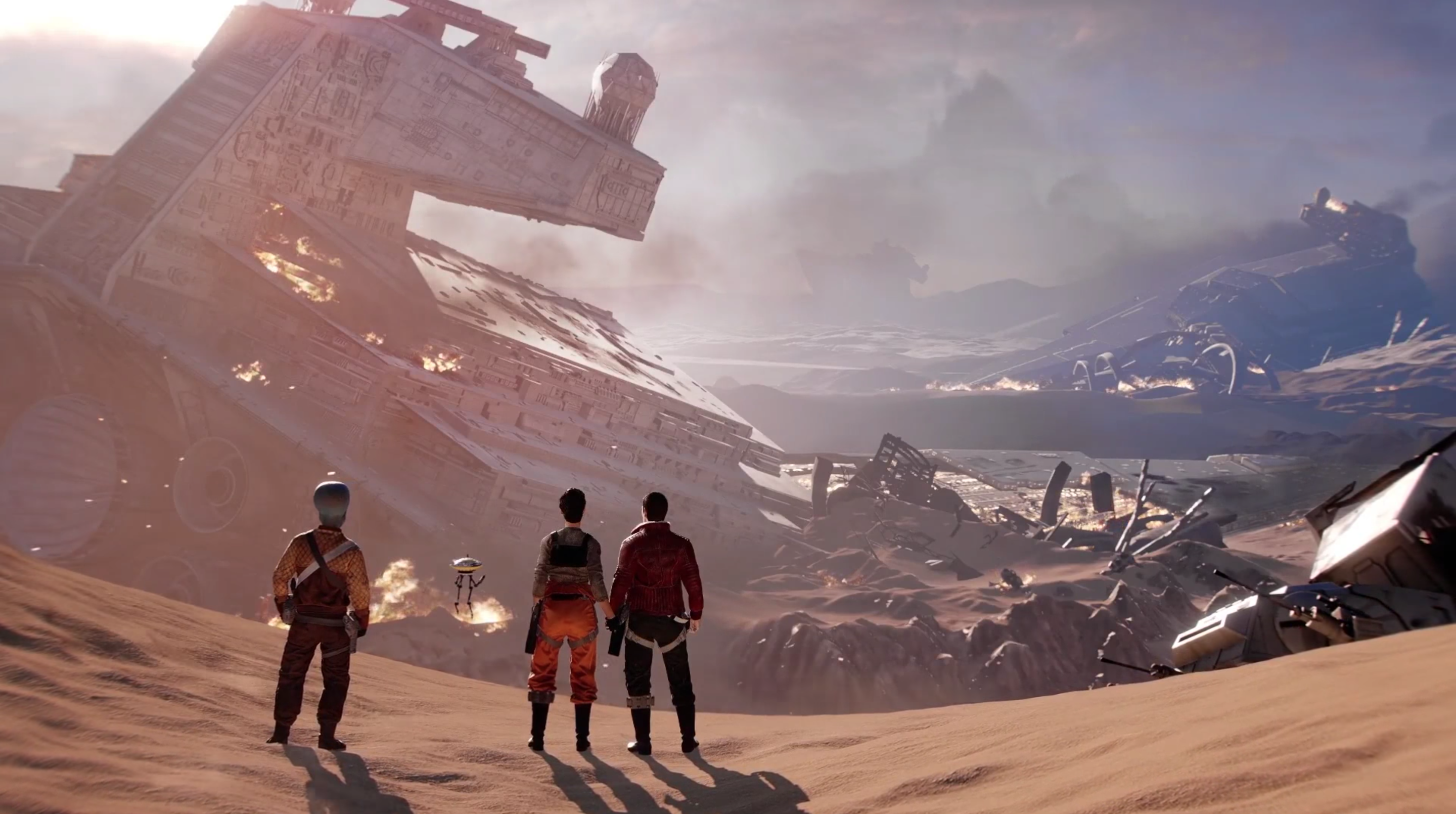
The Galactic Empire was defeated by the New Republic, but the dream of empire endured through the Centrists in the New Republic Senate.
The Centrists were formed during the New Republic Era by former members of the inner systems' Imperial remnant of the Galactic Empire that unsuccessfully attempted to become a viable successor of the Empire following the conclusion of the Galactic Civil War. The remnant was conceived prior to the New Republic's victory over the Empire, with Arsin Crassus arguing for the creation of a splinter empire in order to negotiate a separate peace with the Republic. Although some forces continued to fight on Jakku while other Imperials fled to the Unknown Regions, the Empire formally capitulated when Grand Vizier Mas Amedda signed the Imperial Instruments of Surrender, dissolving the Galactic Empire and ending the civil war in 5 ABY.
The former Imperial Navy's remaining vessels were confined within the redrawn boundaries of space. The inner systems' Imperial remnant retained possessions in the Core Worlds, the Colonies, and the Inner Rim Territories. Although these worlds held considerable wealth and prestige, its leaders failed to achieve a consensus on it future, which was further hampered by war reparations and disarmament treaties with the New Republic. Unable to achieve cohesion of any sort, the remnant disintegrated and its worlds were admitted into the New Republic. In time, its representatives in the Senate formed the Centrist faction.
The Centrists adopted a platform emphasizing the aspects of the former Galactic Empire that they believed worked for the greater good of the galaxy such as a strong central government and military, generating maximum efficiency, and supporting galactic unity. Senator Ransolm Casterfo openly celebrated the Imperial heritage by decorating his office on Hosnian Prime with Imperial Military relics and imagery despite his condemnation of Galactic Emperor Darth Sidious.
By 28 ABY, the Centrists had become a leading political faction in the New Republic's Galactic Senate. Centrist senators typically dressed in rich, extravagant clothing which contrasted with the simpler, more practical attire worn by their Populist opponents in an effort to show off the wealth of their homeworlds. As a party that valued law and order, Centrists regarded the Senate as weak and indecisive. Their views and goals were diametrically opposed to that of the Populists, gridlocking the Senate as neither party was inclined to work with the opposition. The partisan environment of the Senate disillusioned Princess Leia Organa; as a senator, Organa sided with the Populist wing of the government and rebuked Ransolm Casterfo's Imperial-influenced Centrist views.
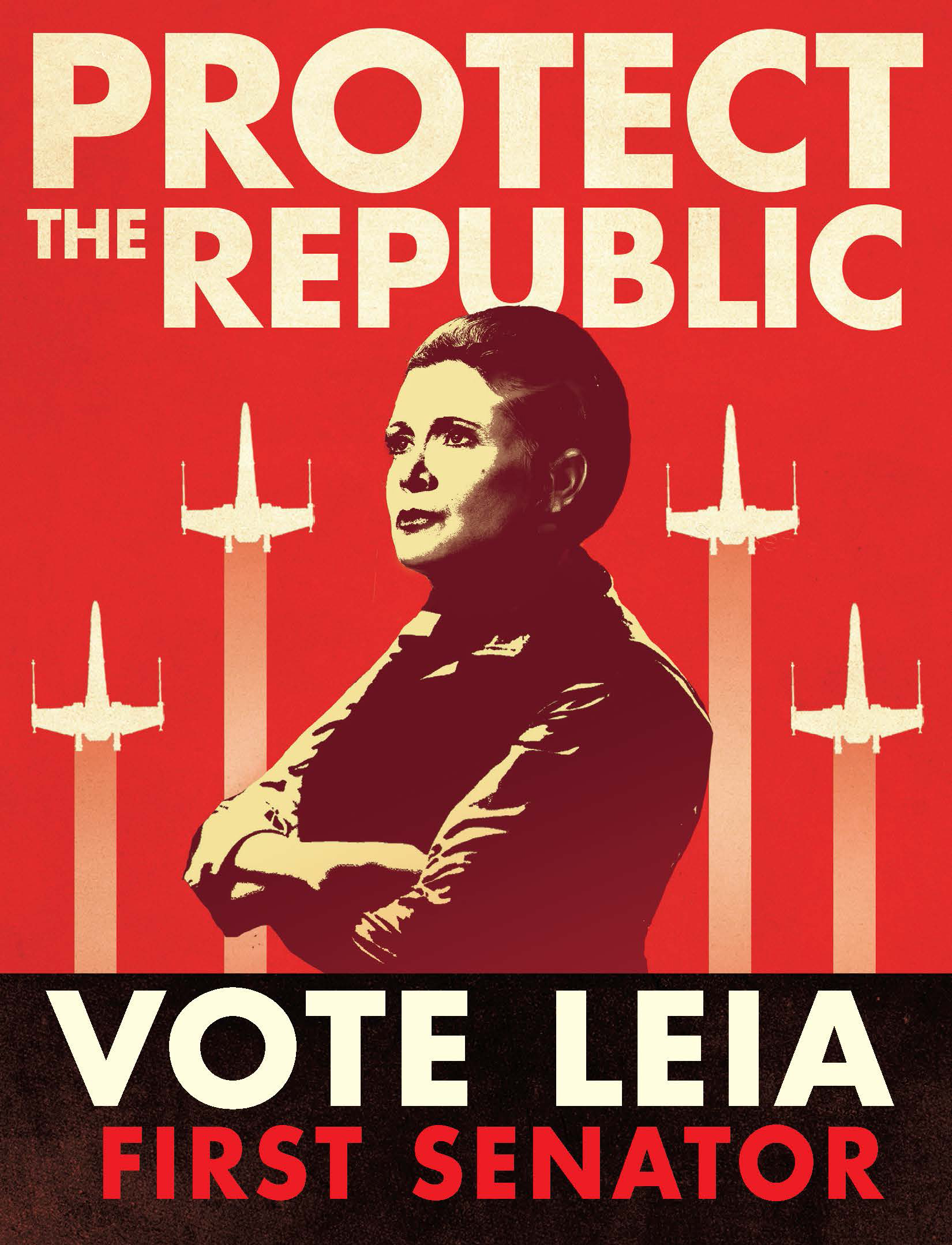
The Centrists proposed replacing the chancellorship with the office of First Senator.
Following Organa and Casterfo's mission to Bastatha, the Centrists accused Organa of withholding information from the Senate. During the same session, one of the Centrist senators, Lady Carise Sindian, announced a motion calling on the Senate to abolish the chancellorship in favor of the office of First Senator, a new post with greater executive authority over the New Republic's economic and military resources. While the Senate was not swayed by Sindian's arguments, Casterfo managed to win over many independent senators by pointing to the deadlock in the New Republic. As a result, Casterfo's motion was adopted by a slim majority, forcing the Populists to reconsider their strategy.
When Organa accepted the Populist nomination for First Senator, Sindian manipulated Casterfo into exposing her true parentage as the daughter of the universally reviled Darth Vader. The public revelation of Organa's secret lineage destroyed her political career and weakened the Populists. Sindian, Erudo Ro-Kiintor, and several Centrists accused Organa of being a warmonger due to her position on groups that she saw as threats to the New Republic, such as the Amaxine warriors and Rinnrivin Di's cartel. In secret, Sindian worked as an agent for the First Order, which was secretly funding the Amaxines and Rinnrivin Di in order to invest revenue into rebuilding the old Imperial Navy.
After Casterfo defended Organa's report, Sindian hired the former TIE fighter pilot Arliz Hadrassian to assassinate Senator Tai-Lin Garr, whom the Populists nominated for the post of First Senator in the wake of Organa's scandal. She then fabricated evidence framing Casterfo for the deed. Following his arrest, the Centrists officially disowned Casterfo. They also agreed to suspend the upcoming elections for the First Senator in the name of maintaining peace and stability. In secret, Sindian planned to present a motion calling for Centrist worlds to secede from the New Republic and join the First Order.
The public backlash toward Organa's biological relation to Darth Vader resulted in the secession of worlds aligned with the Centrist party. Disillusioned with the government's lack of cohesion and the collapse of essential services that followed, Centrist worlds grew to doubt the value of their membership in the New Republic, which in turn allowed for a new Separatist movement to take root on the Centrists' platform. Unlike the Galactic Republic that opposed the Separatist Crisis, the New Republic opted not to prevent the star systems that advocated a centralized system of government from establishing a separate coalition.
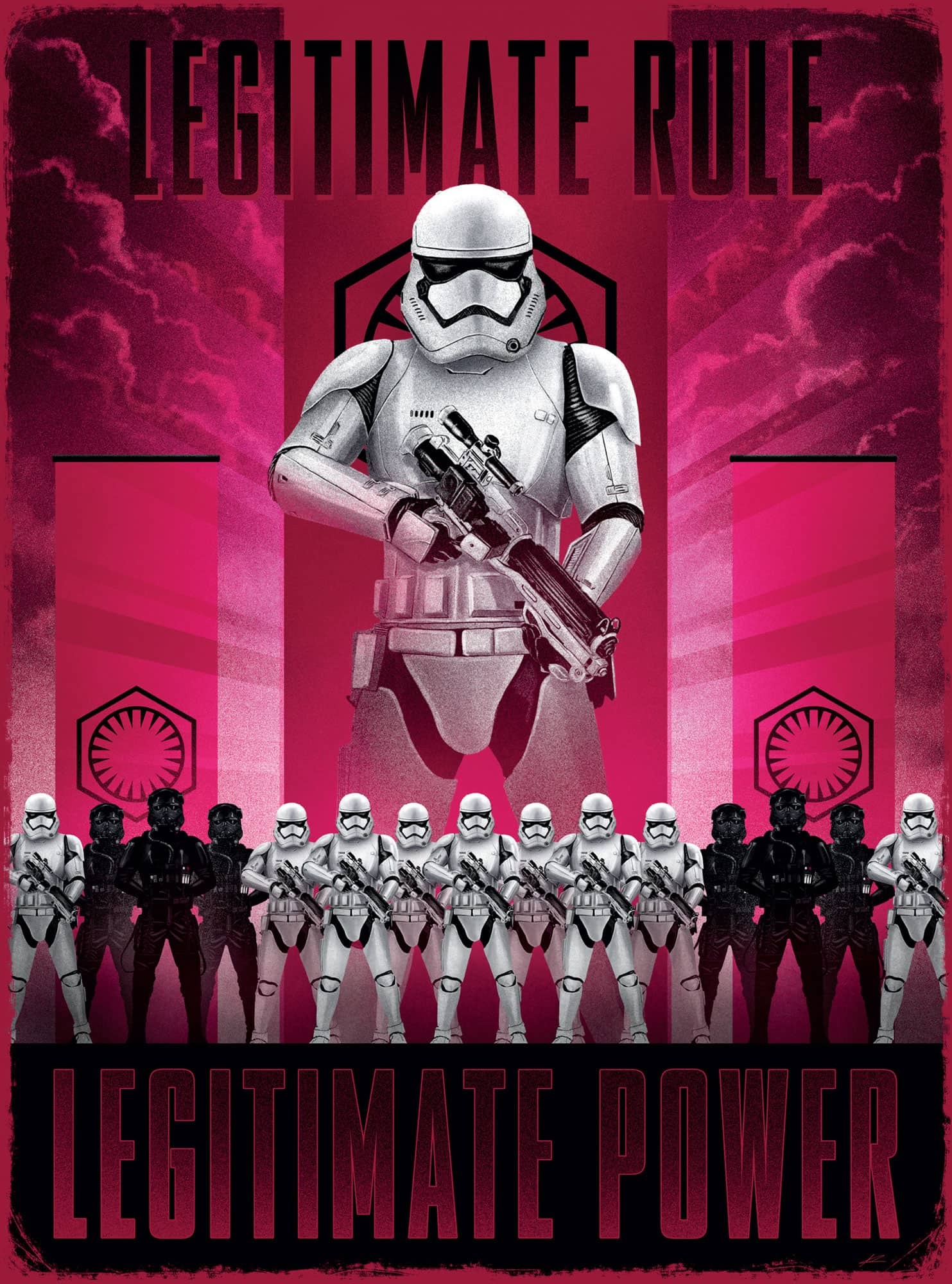
The Centrists seceded from the New Republic and formed the political branch of the First Order.
While a minority in the Senate opposed the splintering of the New Republic, believing that the Centrists would adopt the authoritarian policies that defined the Old Empire, their departure was welcomed by a majority on the galactic capital. The Centrists therefore gained the power to reform their half of the New Republic according to the standards of Centrist philosophy. They successfully consolidated their territory under a new political structure separate from the Republic proper and ultimately became known as the First Order in 29 ABY. The First Order marketed itself as a legitimate power and heir to the legacy of the Galactic Empire in contrast to the New Republic, which the Order denounced as an illegitimate regime given to corruption and chaos. Kylo Ren, the son of Leia Organa and apprentice of Supreme Leader Snoke, espoused his belief in the First Order's purpose of restoring stability to galactic civilization.
The successful secession of the Centrist systems marked the public formation of the First Order. Unknown to its members, the First Order was compartmentalized into separate branches originating from various aspects of the New Order. The Centrists formed the political bloc of the First Order, serving as its public façade whereas the First Order military arose from remnants of the Imperial Military that had retreated to the Unknown Regions. In addition to the political and military components of the First Order, the Sith Eternal was its spiritual branch.
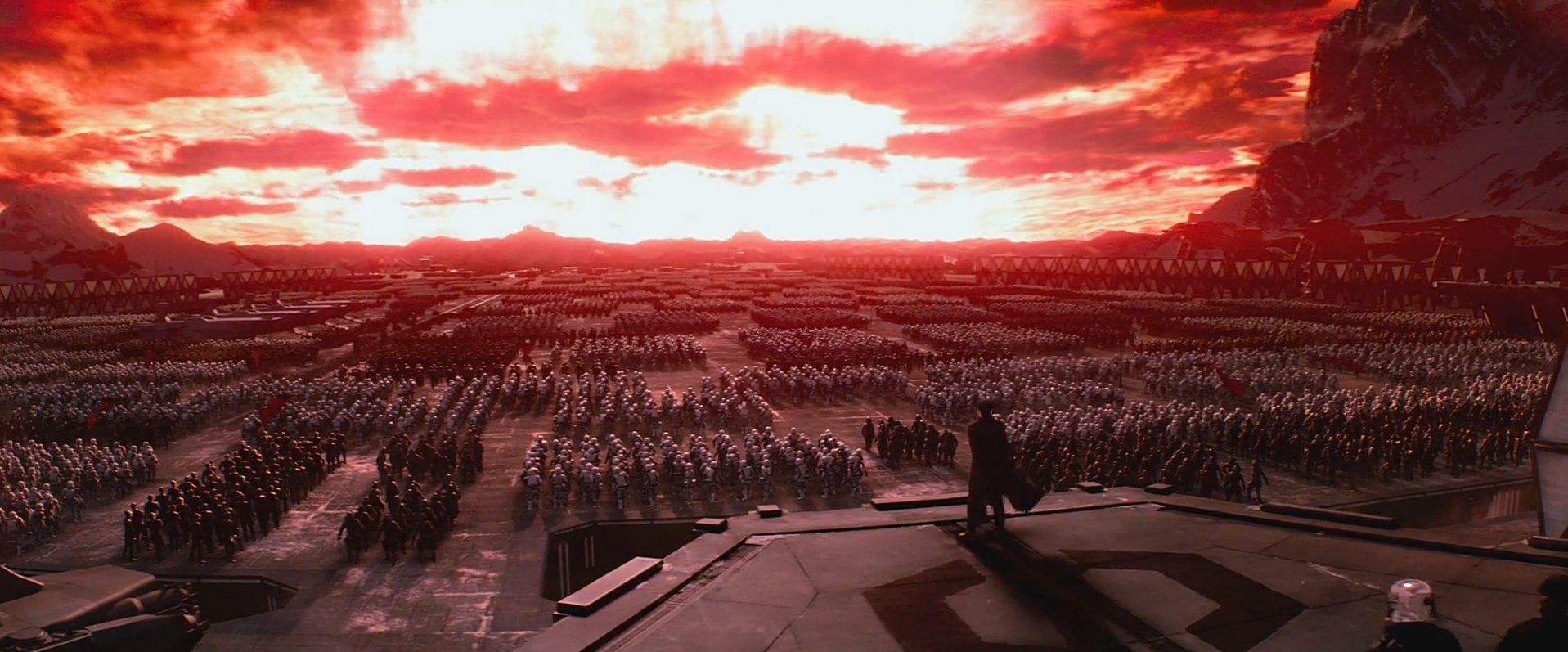
Embracing the tenets of Neo-Imperialism, the First Order set out to conquer the galaxy through military might.
The First Order, driven by a political ideology known as Neo-Imperialism, heralded the return of fascism and militarism in the galaxy. Following the time of the Cold War, the First Order embarked on a campaign of galactic conquest, destroying Hosnian Prime and overthrowing the New Republic in 34 ABY. Its forces subsequently conquered much of the known galaxy in spite of continued opposition from the Resistance. In the last days of the First Order-Resistance War, the First Order and the Sith Eternal cemented their alliance under the guidance of the resurrected Darth Sidious. Despite this, however, the Sith Lord and his Sith cultists were destroyed during the Battle of Exegol in 35 ABY, resulting in the fall of the First Order throughout the galaxy.
During the New Republic Era, several former Imperial worlds comprised the Centrist party's base. By 28 ABY, Centrist senators Carise Sindian, Arbo and Orris Madmund, Mortan, Erudo Ro-Kiintor, Ormes Apolin, Fatil, and Ransolm Casterfo represented Arkanis, Coruscant, Comra, Hevurion, Kuat, Orinda, and Riosa respectively. Additionally, the Centrist bloc extended to the Outer Rim world of Daxam IV.

Coruscant, the former capital of the galaxy, was represented by Centrist senators during the New Republic Era.
The Centrist planet Coruscant had the distinction of being the traditional center of galactic politics and culture due to its history as the capital of the Galactic Republic and the Galactic Empire that followed. Additionally, Coruscant was generally accepted as the ancestral homeworld of the human species. The status of galactic capital was taken from Coruscant by the New Republic, ending millennia of tradition in order to placate the malcontent systems that attempted to secede from the Galactic Republic in the time leading up to the Clone Wars. The once vibrant ecumenopolis became riven with chaos and gang violence. After occupying the Centrist wing of New Republic politics, Coruscant came under the control of the First Order, but later rebelled against the Order's authority.
In real-world political terms, "centrist" generally means someone who is politically moderate. The Star Wars use of the term is closer to the concept of "centralism," which refers to the concentration of power and control in the central authority of an organization.
- Star Wars: The Force Awakens: The Visual Dictionary
- Star Wars Propaganda: A History of Persuasive Art in the Galaxy
- Star Wars: The Rebel Files
- Star Wars: The Rise of Skywalker: The Visual Dictionary
- The Star Wars Book
- Skywalker: A Family at War
- Star Wars: Battles that Changed the Galaxy
- Star Wars: Timelines